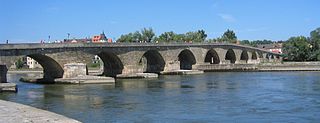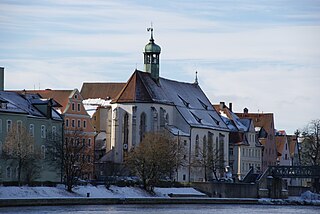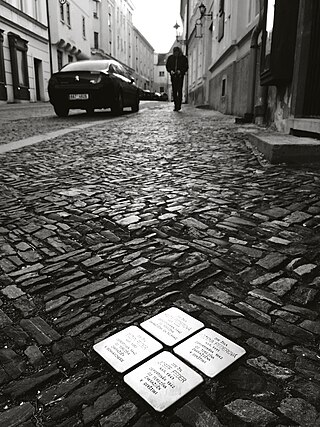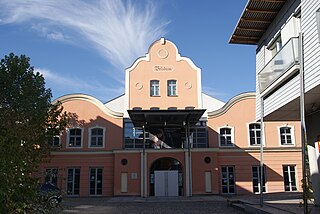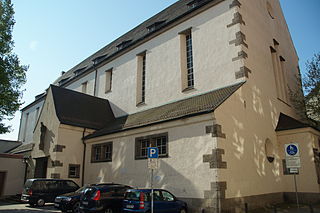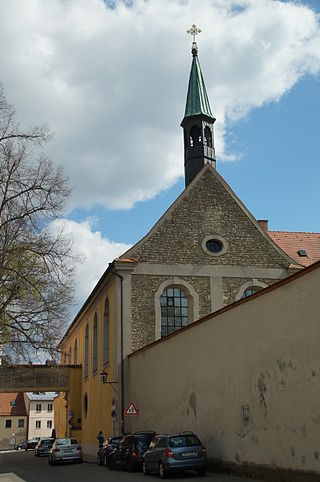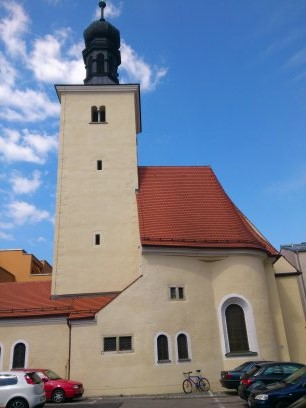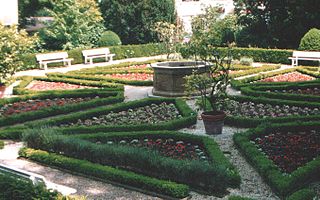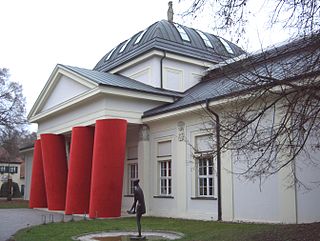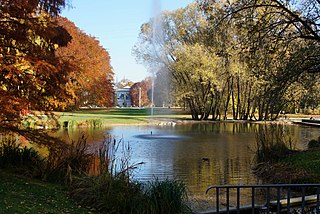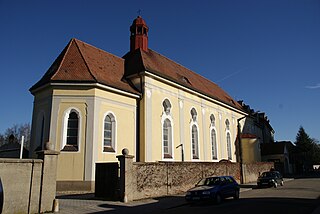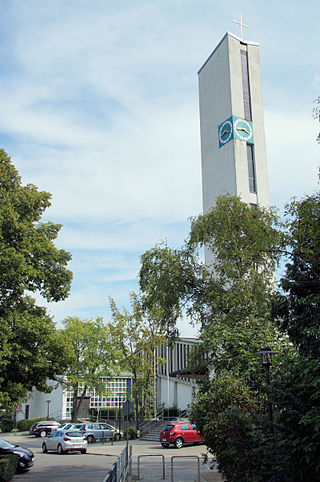Self-guided Sightseeing Tour #5 in Regensburg, Germany
Legend
Tour Facts
3.8 km
37 m
Experience Regensburg in Germany in a whole new way with our free self-guided sightseeing tour. This site not only offers you practical information and insider tips, but also a rich variety of activities and sights you shouldn't miss. Whether you love art and culture, want to explore historical sites or simply want to experience the vibrant atmosphere of a lively city - you'll find everything you need for your personal adventure here.
Activities in RegensburgIndividual Sights in RegensburgSight 1: Steinerne Brücke
The Stone Bridge in Regensburg, Germany, is a 12th-century bridge across the Danube linking the Old Town with Stadtamhof. For more than 800 years, until the 1930s, it was the city's only bridge across the river. It is a masterwork of medieval construction and an emblem of the city.
Sight 2: St. Oswald
The Church of St. Oswald is an Evangelical Lutheran church in the western old town of Regensburg on the south bank of the Danube, today belonging to the parish of the Trinity Church. The construction of the collegiate church dates back to around 1290, when a Carmelite monastery was built there, but it was abandoned again in 1367 when the Carmelites migrated to Straubing.
Sight 3: Eugenie Kohn
A Stolperstein is a ten-centimetre (3.9 in) concrete cube bearing a brass plate inscribed with the name and life dates of victims of Nazi extermination or persecution. Literally, it means 'stumbling stone' and metaphorically 'stumbling block'.
Sight 4: Velodrom
The Velodrom is a venue of the Theater Regensburg and is located on Simon-Oberndorfer-Platz at the beginning of the Westnerwacht in Regensburg. The word Velodrom comes from Velodrome, the French word for cycle racing track.
Sight 5: Herz Jesu
The Catholic parish church of the Sacred Heart of Jesus is located at Kreuzgasse 20 in the Westnerwacht in the old town of Regensburg.
Sight 6: Heilig Kreuz
The Roman Catholic church of the Dominican convent of the Holy Cross in Regensburg, called Holy Cross Church, is the monastery church of the oldest still existing and never abolished women's monastery of this order in Germany. In its present form, it is characterized by a uniformly designed theological program. Since 1233, the monastery has had its uninterrupted seat at the address Am Judenstein 10 in Regensburg. There are only a few monasteries in Germany dating back to the Middle Ages that have never been destroyed, never abolished or transplanted. With the restorations for the anniversary of its 750th anniversary, the monastery can be described as a "jewel of Bavarian Rococo".
Sight 7: St. Leonhard
The Roman Catholic branch church of St. Leonhard, located in the western old town of Regensburg, was assigned to the former Knights of St. John's Commendation and is now a branch church of the parish of the Heart of Jesus. The Romanesque, three-nave building is considered the oldest hall church in Bavaria and is dedicated to St. Leonhard of Limoges.
Sight 8: Herzogspark
Herzogspark is a 1.5-hectare (3.7-acre) municipal park, with small botanical garden, located on the banks of the Danube at the western edge of the old city, at Hundsumkehr Strasse, Regensburg, Bavaria, Germany.
Sight 9: Kunstforum Ostdeutsche Galerie
The Kunstforum Ostdeutsche Galerie (KOG) is an art collection of works by German artists from the former German eastern territories and the German settlement areas in Eastern and Southeastern Europe. Until reunification, works by artists from the GDR were also collected. The seat in Regensburg is also to be seen in connection with the city's patronage of the interests of the Sudeten Germans.
Sight 10: Stadtpark
The Regensburg City Park west of the old town of Regensburg on the Platz der Einheit in front of the Jakobstor is the oldest and, with over eight hectares, also the largest of the inner-city parks in Regensburg.
Sight 11: Sankt Fidelis
The Monastery of St. Fidelis is a former Capuchin monastery in Regensburg, Uhlandstraße 10. Its preserved buildings are listed as historical monuments.
Sight 12: Herz Marien
The Catholic parish church Herz Marien with adjoining community center is located at Rilkestrasse 17 in the western quarter of Regensburg.
Share
How likely are you to recommend us?
Disclaimer Please be aware of your surroundings and do not enter private property. We are not liable for any damages that occur during the tours.
GPX-Download For navigation apps and GPS devices you can download the tour as a GPX file.
